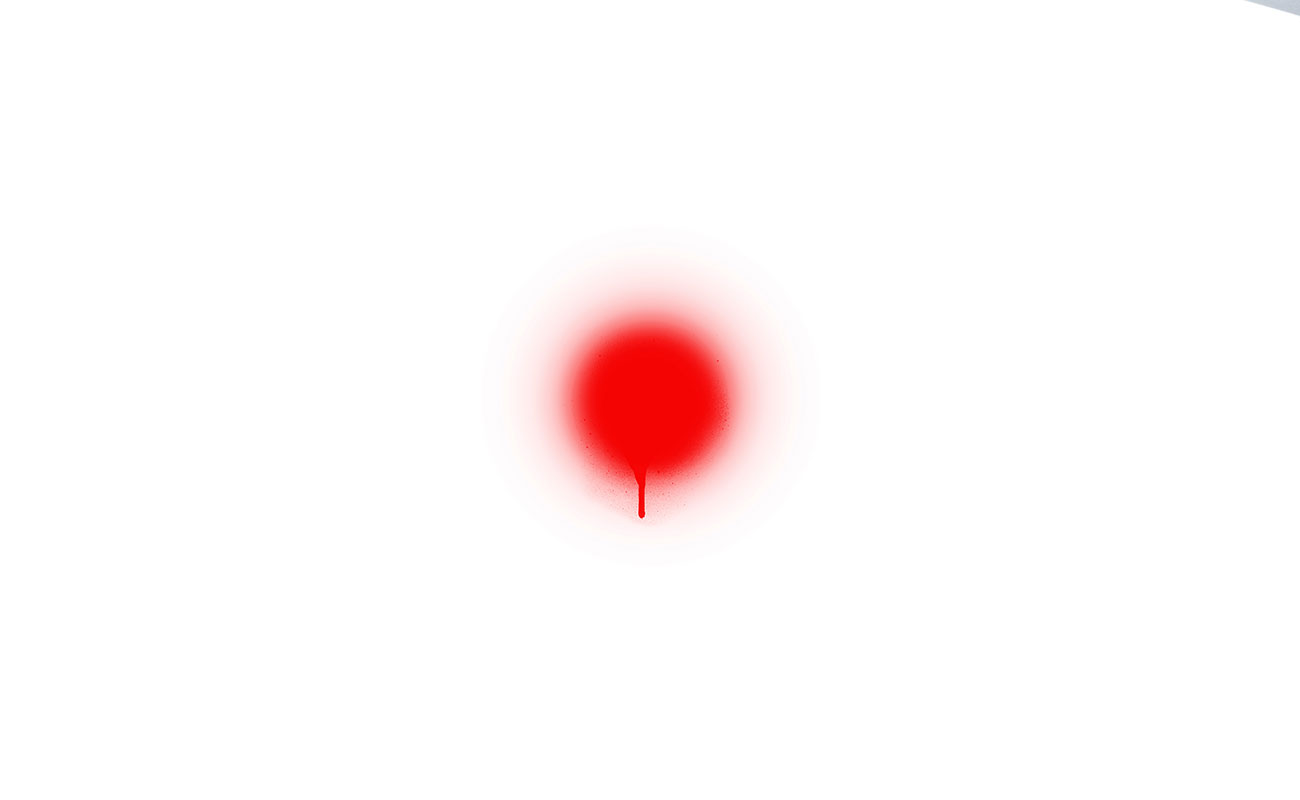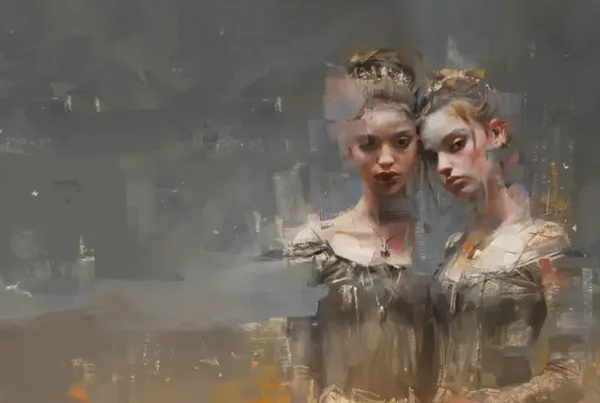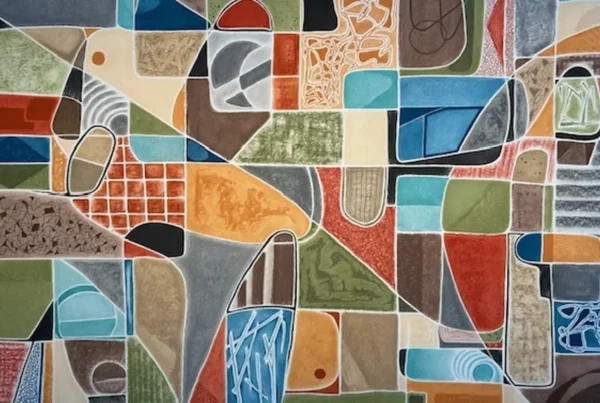“Conceptual Art holds its presence through its concepts, where the idea behind the work holds greater value than the aesthetic and materials used in its creation. Thought is the main protagonist in Conceptualism.”
A Multi-Disciplinary Creative with a Rich Background
Luciano Caggianello is a multi-disciplinary creative with a broad range of experience in professional settings such as advertising, illustration, graphic design, and industrial and automotive design. He views himself as more than just an artist or designer, as his passion for art has allowed him to continually evolve his representative and visual themes, resulting in a comprehensive and rewarding national and international exhibition portfolio.
Luciano’s published works, including “Intermediario Immateriale” (2003), “Parole altrove” (2014), “Aporia e Metamorfosi dell’Arte” (2019), “Fenomenologia del Quotidiano” (2020), and “Pubblicità .jPig” (2021), written in Italian, serve as a valuable source of reflection and a means of furthering his personal conceptual and philosophical inquiry.
Luciano holds a strong academic background, with a Diploma in Applied Industrial Physics, degrees in Architecture and Design, as well as two Diplomas in the Conservation of Wooden and Stone Materials. He has enriched his education through attendance at the Academy of Fine Arts and various other workshops, courses, and encounters with individuals in creative fields.
Luciano Caggianello’s training has left a lasting impact on his mental approach, fostering within him an insatiable curiosity for a variety of subjects. Although he may not be considered a revolutionary, Luciano aims to challenge the prevalent models of communication inadequacy by resurrecting the concept of meaning and placing a focus on a functional approach to thought. His diverse background acts as a catalyst for creativity, serving as his “cultural peptide” that enables him to effectively synthesize a broad approach into a functional contribution of ideas and concepts.
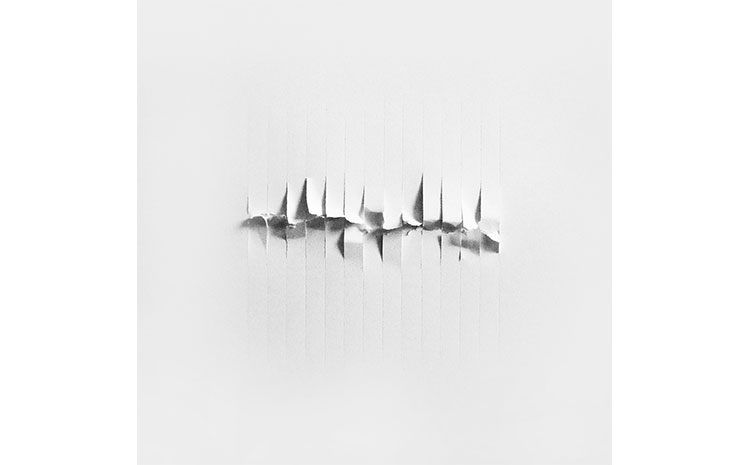
From Intuition to Conceptualism
In recent years, Luciano’s recognition has become the result of a complex synthesis of perceptual and conceptual elements, encompassing the diverse range of cultural, educational, and intellectual experiences he has gained through his studies in areas such as Applied Industrial Physics, Architecture, Visual Arts, Communication, and the Arts. This approach places emphasis on the artistic goal of conceptual and thematic planning, as well as experimentation that oscillates between the poles of “poverism” and digital art. It values the concept of presentation over representation and is therefore more relevant and insightful. When creating his works, Luciano carefully considers the most appropriate medium that can effectively synthesize, interpret, and enhance the intended message, which may range from digital media to sculpture, installation, or painting.
Luciano Caggianello has developed versatility in adapting to various work environments, but his ideal setting would be one surrounded by a constant sense of transformation, rich storytelling, unique perspectives, and an appreciation for the beauty in imperfection. In this environment, Caggianello’s personal experiences and creative ideas can be most effectively realized and brought to fruition in the studio through thoughtful refinement and clear creative direction.
Caggianello’s artistic expressions and imaginative works are shaped by the experiences of everyday life and other cognitive stimuli, such as philosophy and history. He views his creative endeavors as a form of “metallurgy of thought,” where he engages in an inner journey of intellectual and verbal experimentation to arrive at a deeper understanding of meaning. Despite the limitless potential for self-expression and experimentation, humanity is anchored to a tangible reality that requires interpretation.
Caggianello’s artistic style has undergone a transformation, with a shift from an intuitive to a more rational approach. This evolution has been the result of a journey through classical figurative painting, hyperrealism, abstract art, and eventually to Conceptual Art.

The Conceptualism of Luciano Caggianello: Moving Beyond Physical Aesthetics in Art
Historically, art has focused on the transmission of messages through cultural expression. However, this has resulted in a decrease in the intellectual depth of art, with the aesthetic appearance of a piece becoming more important than its meaning.
Luciano Caggianello, a proponent of this view, prefers to call this type of art “Conceptualism”. In this style, the value of the artwork is not determined by its physical appearance, but rather by its underlying concepts. The idea or concept is the driving force behind the creation of the artwork and is considered the work of art itself, even if it does not have a physical form. In Conceptualism, thought is the central element and essence of the artwork.
Luciano Caggianello, as a person, is not inclined towards possessiveness or obsession in both art and life. He approaches his creations with a level of detachment and his only criterion is that they meet his personal standards of excellence. Caggianello is content with his ability to distinguish between what truly represents him and what leaves him feeling incomplete. He refuses to be held captive by a “therapeutic obstinacy” towards his works of art. The creative process, for him, involves a metamorphosis that serves as a positive alternative to manic control and he believes it’s important to recognize that a certain degree of incompleteness can enhance the artistic experience. Caggianello sees life and art, as well as its various expressions, as inherently unresolved and that persistence and obsessiveness may not be essential components in defining the boundaries of art, but nonetheless, they are manifestations of the fact that creativity must remain an indispensable aspect of the artistic process. One could consider it a form of conceptual pragmatism and necessary ambiguity.
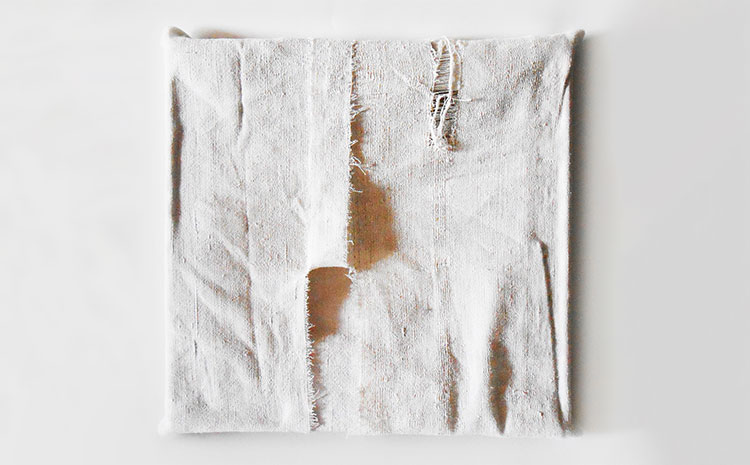
The Paradox of Aesthetics: A Reflection on Art by Luciano Caggianello
In today’s society, where the boundaries between various aspects of life have become increasingly blurred and the standards for meaningful goal-setting have declined, culture has been reduced to simple expressions of intention instead of a reflection of intellectual rigor. Beauty has become the only substantive objective, even though it and aesthetics are fleeting and constantly evolving concepts that are intertwined with their surroundings. Aesthetics, with its paradoxical nature, serves as a facade to disguise humanity’s inherent need for happiness and well-being, despite being unable to provide definite or absolute fulfillment.
Despite these changes, profound art continues to flourish, transcending the dichotomy of truth and falsehood, beauty and ugliness. Art exists for its own sake and must captivate without resorting to deception. It must align with its intended message, without being burdened by the need for comprehension. Instead, it must evoke hope, inspire dreams, and provide a sense of inner satisfaction. This is the aspiration and ultimate goal of Luciano Caggianello.
Art is considered by Luciano Caggianello as a crucial aspect of life, holding its own intrinsic value and conceptual significance. However, Caggianello believes that when art becomes too focused on realism and conforming too closely to the daily routine, it transforms into a mere optical illusion, losing its appealing power and missing its potential to evoke captivating stories. If art and its administration closely resemble life to the point where they become indistinguishable, Caggianello suggests that they have failed to achieve their intended purpose. Imitative art forms, such as figuration, are viewed by Caggianello as being more representative of a narcissistic aesthetic culture rather than a creative one. Art should not be a mundane representation of everyday life, but rather a simulation that uses metaphor to produce and encourage interpretation, even elevating one’s inner profile. According to Caggianello, authentic aesthetics lies in presentation, not representation, and he strives to embody this principle in his own life.



